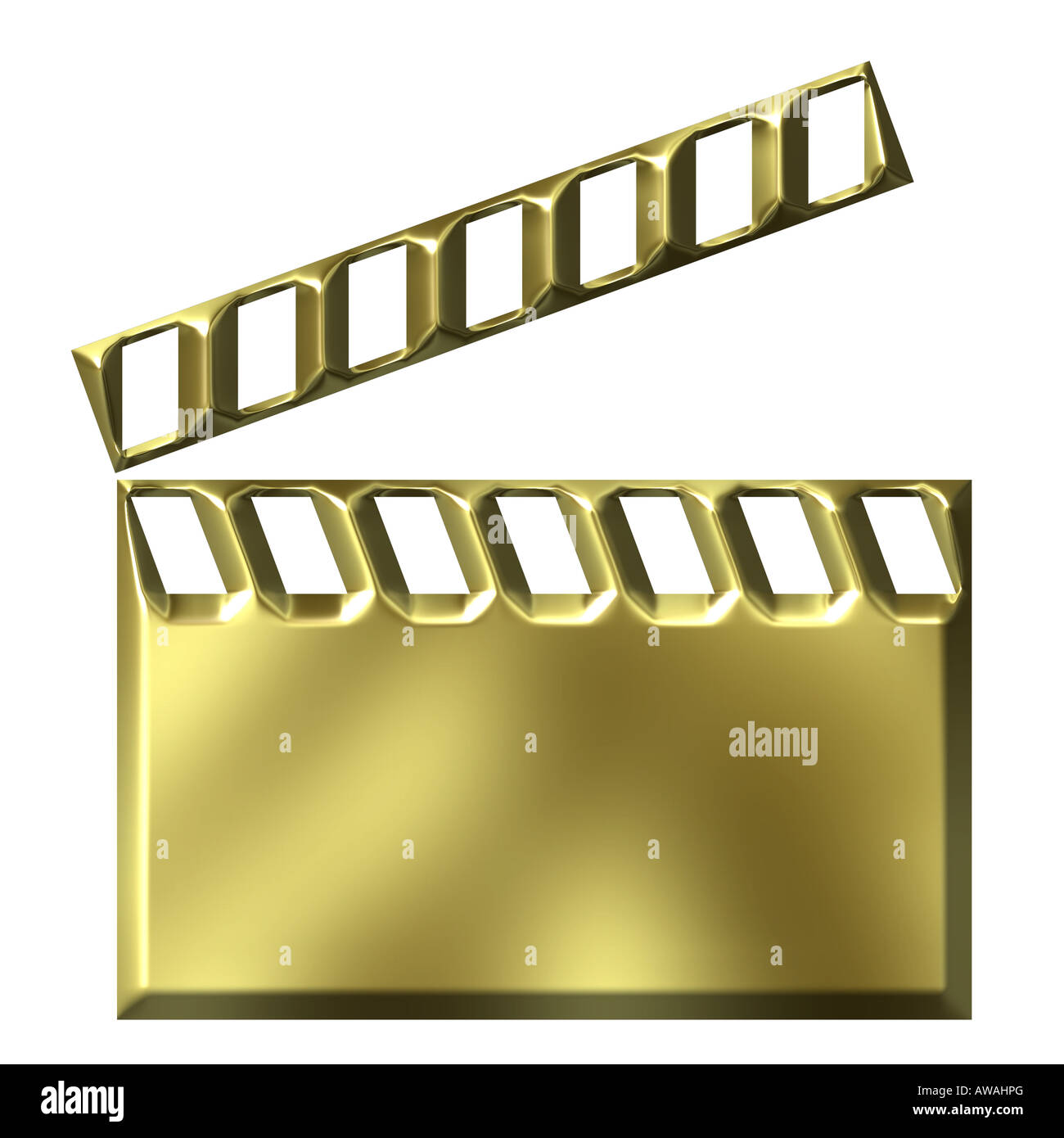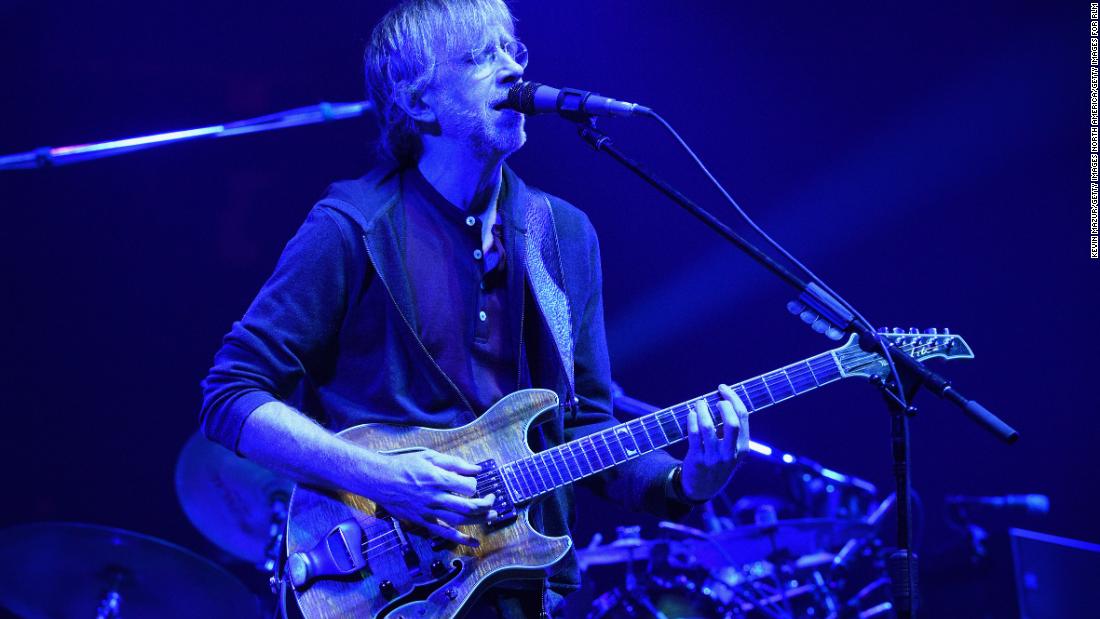Instruments of the World Exploring Musical Traditions
Music is a universal language that transcends cultural boundaries and connects people from different parts of the world. It has been an integral part of human civilization for centuries, and various instruments have emerged from different cultures, reflecting their unique musical traditions. In this article, we will embark on a fascinating journey to explore instruments from around the world, delving into their origins, significance, and the role they play in their respective musical traditions.
Instruments of Asia
Asia is a continent rich in diverse musical traditions, each with its distinctive instruments. Let's explore some of the prominent instruments from different regions of Asia.
Traditional Chinese Instruments
Chinese music has a history spanning thousands of years and is characterized by its melodic and harmonious nature. Traditional Chinese instruments include the guzheng, erhu, and pipa. The guzheng is a plucked zither with a history of over 2,500 years and is known for its expressive range and delicate tones. The erhu, often referred to as the Chinese violin, is a two-stringed instrument played with a bow. Its haunting sound is reminiscent of the human voice. The pipa is a four-stringed lute that produces a rich and vibrant sound, often used in solo performances and ensembles.
Indian Classical Instruments
Indian classical music is deeply rooted in spirituality and is renowned for its intricate melodies and rhythmic patterns. Some of the notable Indian classical instruments are the sitar, tabla, and bansuri. The sitar, with its resonant strings and distinctive twang, is a plucked string instrument that is synonymous with Indian classical music. The tabla, a pair of hand drums, provides the rhythmic framework for performances. The bansuri, a bamboo flute, captivates listeners with its soulful and meditative tones.
Japanese Traditional Instruments
Japanese music embodies simplicity, elegance, and a deep connection with nature. Traditional Japanese instruments include the koto, shamisen, and shakuhachi. The koto is a stringed instrument with 13 strings, producing a range of sounds from delicate to dramatic. The shamisen is a three-stringed lute played with a plectrum and is often used in traditional Japanese storytelling. The shakuhachi, a bamboo flute, is renowned for its Zen-like qualities and the ability to produce hauntingly beautiful melodies.
Instruments of Africa
Africa is a continent known for its vibrant rhythms and infectious beats. The traditional instruments from Africa reflect the rich cultural heritage of the continent.
West African Percussion Instruments
West Africa is famous for its diverse percussion instruments such as the djembe, talking drum, and balafon. The djembe, a goblet-shaped drum, produces a wide range of tones and is often played in ensembles. The talking drum, shaped like an hourglass, can imitate the tonal inflections of human speech. The balafon, similar to a xylophone, creates a melodic and rhythmic foundation for West African music.
North African String Instruments
North Africa is known for its unique string instruments, including the oud, kora, and rebab. The oud, resembling a guitar, has a rich and warm sound and is widely used in Middle Eastern and North African music. The kora, a 21-stringed harp-lute, produces mesmerizing melodies and is often played during storytelling. The rebab, a bowed instrument, adds a distinctive sound to North African folk and classical music.
Southern African Wind Instruments
Southern Africa is home to a variety of wind instruments, such as the mbira, marimba, and vuvuzela. The mbira, also known as the thumb piano, produces enchanting melodies with its metal tines. The marimba, a wooden xylophone, creates lively and energetic rhythms that are central to Southern African music. The vuvuzela, a plastic horn, became popular during the 2010 FIFA World Cup and is known for its loud and vibrant sound.
Instruments of Europe
Europe has a rich musical heritage, ranging from classical orchestral instruments to traditional folk instruments.
Classical Orchestral Instruments
Classical orchestras are composed of a wide array of instruments, including the violin, piano, and trumpet. The violin, with its expressive and versatile nature, is considered one of the most important instruments in Western classical music. The piano, known for its wide range and dynamic capabilities, serves as a versatile solo and accompaniment instrument. The trumpet, with its brilliant sound and ability to convey powerful emotions, is often used in orchestral and solo performances.
Folk Instruments of Ireland
Ireland has a rich tradition of folk music, and instruments such as the fiddle, tin whistle, and bodhran are integral to this musical heritage. The fiddle, similar to a violin, is played with a bow and is a prominent instrument in Irish traditional music. The tin whistle, a small flute-like instrument, produces a bright and piercing sound that is characteristic of Irish folk music. The bodhran, a frame drum, provides the rhythmic heartbeat of Irish music.
Spanish Flamenco Guitars
The flamenco guitar is an iconic instrument associated with the passionate and rhythmic music of Spain. With its distinctive sound and percussive playing style, the flamenco guitar sets the stage for flamenco dancers and singers. Its intricate fingerpicking techniques and rhythmic patterns contribute to the lively and emotive nature of flamenco music.
Instruments of the Americas
The Americas boast a diverse range of musical traditions, from the indigenous cultures of North and South America to the vibrant rhythms of Latin America.
Native American Flutes
Native American flutes are deeply rooted in the spiritual traditions of indigenous peoples. Crafted from wood, these flutes produce haunting and meditative melodies that connect the player and the listener with nature and the spiritual realm. Each flute is unique, reflecting the culture and artistic expression of different Native American tribes.
Brazilian Samba Instruments
Samba is a vibrant music and dance form that originated in Brazil. The instruments used in samba include the surdo, tamborim, and cuica. The surdo is a large bass drum that provides the heartbeat of the samba rhythm. The tamborim, a small handheld drum, adds intricate patterns and accents. The cuica, a friction drum, produces a distinctive sound that mimics the cry of a small animal.
Caribbean Steel Drums
Steel drums, also known as steel pans, are synonymous with the music of the Caribbean. These instruments originated in Trinidad and Tobago and are made from oil barrels. Steel drums produce a range of pitches and are often used in calypso, reggae, and soca music. Their lively and infectious rhythms evoke the spirit of the Caribbean and are enjoyed worldwide.
Instruments of Oceania
Oceania encompasses a vast region that includes countries like New Zealand, Australia, and Hawaii, each with its unique musical traditions.
Maori Instruments of New Zealand
The Maori people of New Zealand have a rich musical heritage, and their traditional instruments include the pukaea, putatara, and poi. The pukaea is a trumpet-like instrument made from a conch shell, used to signal important events and ceremonies. The putatara, a wooden trumpet, is played during rituals and serves as a communication tool. The poi is a ball attached to a string, swung in rhythmic patterns while singing and dancing.
Aboriginal Didgeridoo
The didgeridoo is an ancient wind instrument associated with the Aboriginal people of Australia. Crafted from a eucalyptus tree branch, the didgeridoo produces deep and resonant tones that create a meditative and trance-like atmosphere. It is often played in ceremonies and storytelling, connecting the player and the audience with the natural world.
Hawaiian Ukulele
The ukulele is a small four-stringed instrument that originated in Hawaii. Its cheerful and vibrant sound is synonymous with Hawaiian music and culture. The ukulele's popularity has spread worldwide, and it is often associated with relaxation, joy, and the laid-back island lifestyle.










 English (US) ·
English (US) ·